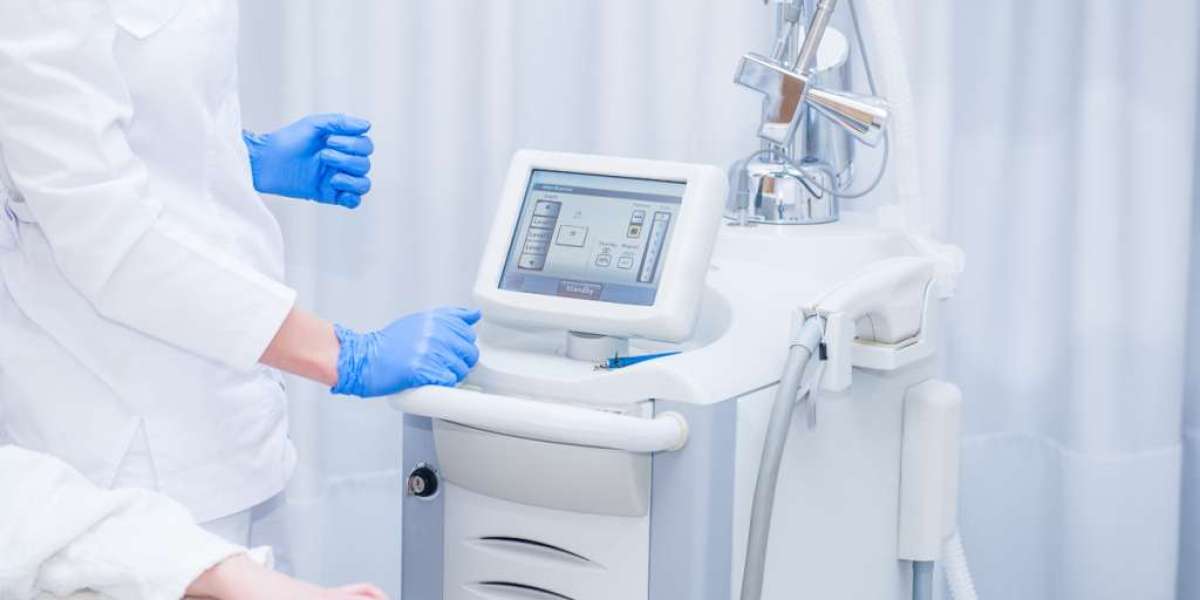Laser marks removal is widely recognized as an effective method for treating various skin concerns, from scars to pigmentation issues. However, the process and results vary based on factors such as the type of mark, skin condition, and the post-treatment care followed. Many people believe that laser treatment is a one-time, all-encompassing solution, but in reality, different marks respond differently, and some may require additional attention even after the procedure.
How Does Laser Marks Removal Work?
Laser technology targets pigmentation and skin irregularities by directing concentrated light energy to the affected areas. This process helps in breaking down pigment, stimulating collagen production, and resurfacing the skin. Depending on the type of laser used, it can either remove the top layer of skin or penetrate deeper to address stubborn marks.
There are several types of lasers used in this process, including:
- Ablative Lasers – These remove the outer layer of skin, encouraging new skin formation.
- Non-Ablative Lasers – These focus on deeper layers, stimulating skin repair without removing the surface layer.
- Fractional Lasers – These create micro-injuries in the skin, boosting collagen production for gradual improvement.
Types of Marks That Laser Marks Removal Can Address
Laser treatment is applied to a variety of marks, but the effectiveness depends on the depth, cause, and skin type. Some common types include:
- Acne Scars – Depending on severity, laser treatment can smooth out raised scars or lighten dark spots left behind by breakouts.
- Hyperpigmentation – Sun spots, melasma, and dark patches can be treated by breaking down excess melanin in the skin.
- Surgical and Injury Scars – Lasers help in reducing the appearance of scars left by medical procedures or accidents.
- Tattoo Removal – Specialized lasers break down tattoo ink, allowing the body to naturally eliminate pigment over time.
- Burn Marks – Some burn marks respond to laser treatment, though results vary based on the depth of the scar tissue.
Can All Marks Be Removed Permanently?
One of the most common misconceptions about laser marks removal is that it guarantees permanent elimination of all marks. While laser treatment significantly reduces the appearance of marks, certain factors influence the final results:
- Skin Type and Healing Response – Some skin tones may experience more effective pigment removal, while others may be prone to post-inflammatory hyperpigmentation (PIH).
- Depth and Severity of the Mark – Superficial marks may fade completely, but deeper scars might only see partial improvement.
- Consistency of Treatment – Some marks require multiple sessions for optimal results, and skipping sessions may affect the outcome.
- Post-Treatment Care – Sun protection, hydration, and proper skincare routine play a crucial role in maintaining results.
What Happens After Laser Marks Removal?
After undergoing laser treatment, the skin undergoes a healing process. Depending on the intensity of the laser used, individuals may experience:
- Redness and Swelling – Temporary inflammation is common and usually subsides within a few days.
- Peeling or Crusting – In ablative treatments, the outer skin layer may peel off as new skin forms underneath.
- Mild Discomfort – Some individuals report a tingling or burning sensation, which diminishes as the skin heals.
The aftercare routine is crucial for preventing complications and ensuring the best results. Some key steps include:
- Avoiding Sun Exposure – Direct sunlight can cause pigmentation issues, so applying sunscreen is essential.
- Keeping the Skin Moisturized – Hydrating the skin supports faster recovery and reduces irritation.
- Following Professional Advice – Dermatologists may recommend topical treatments or serums to enhance healing.
Why Do Some Marks Require Additional Care Even After Laser Treatment?
While laser marks removal significantly reduces skin imperfections, certain marks need extra attention post-treatment:
- Deep Scars – Some scars, especially keloids or hypertrophic scars, may not fully disappear and could require additional treatments like microneedling or corticosteroid injections.
- Melasma and Stubborn Pigmentation – These conditions may fade initially but can return due to hormonal changes, sun exposure, or genetic factors.
- Burn Scars – If burn marks have thickened scar tissue, they may need a combination of treatments beyond laser therapy.
How to Maintain Results After Laser Marks Removal
To ensure that treated areas remain clear and smooth, long-term skin care is essential. Here are some important practices:
- Regular Sunscreen Application – UV exposure can cause marks to return or darken, making SPF protection a must.
- Healthy Skincare Routine – Using gentle, non-irritating products helps maintain skin health post-treatment.
- Consistent Follow-Ups – Periodic dermatologist visits ensure that any recurring pigmentation or scars are addressed early.
Final Thoughts
Laser marks removal is an advanced method for addressing various skin imperfections, but its success depends on multiple factors, including mark type, treatment consistency, and post-care. While some marks may fade completely, others might need additional care to maintain the results. Following proper skincare and professional guidance ensures long-term improvement, helping individuals achieve clearer, smoother skin over time.


